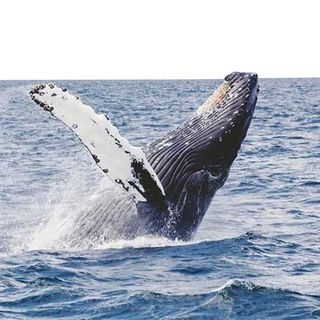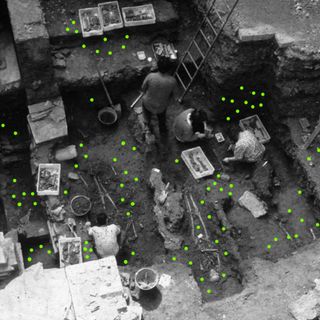Deep below the surface of the Earth, physical remains of ancient creatures have been taking the form of shiny diamonds, according to a new study that indicates how nature has been recycling its “trash” for centuries.
Published in Nature’s Scientific Reports, the study found diamonds formed from once-living creatures between 300 and 1,000 kilometers below the Earth’s surface. For context, “we categorize space as 100 kilometers above sea level, the [International Space Station] orbits about 400 kilometers above Earth, and humans have never managed to dig deeper than 12.2 kilometers into the ground,” as Science Alert explained.
The researchers note there are three types of naturally occurring diamonds — lithospheric diamonds formed 150-250 kilometers below the surface of Earth and commonly found on engagement rings; oceanic diamonds, a rarer form, found in oceanic rocks; and lastly, deep continental diamonds, which the present study is focusing on.
Scientists have known that oceanic diamonds are made of organic carbon or carbon that was once a part of living creatures. Regarding the origins of deep continental diamonds, however, they weren’t sure. Bur the present study may have just shone a light on their origins — just like oceanic diamonds, they, too, contain the remains of once-living creatures.
A comparative analysis of the carbon isotope signature of oceanic and deep continental diamonds led to this finding.
Related on The Swaddle:
Cavemen Were Probably Hallucinating When They Painted on Walls, Research Says
“Bringing new meaning to the old trash to treasure adage, this research discovered that Earth’s engine actually turns organic carbon into diamonds many hundreds of kilometers below the surface,” Luc Doucet, a geologist at the Curtin University in Australia, who led the study, said in a statement.
“Ballooning rocks from Earth’s deeper mantle, called mantle plumes, then carry the diamonds back up to Earth’s surface via volcanic eruptions for humans to enjoy as sought-after gemstones,” Doucet explained further.
However, at present researchers are trying to understand the “mystery” behind the Earth recycling carbon remains of one-living creatures deeper than the lithosphere, or the rocky outer part of the Earth. “It is not uncommon for a new scientific discovery to raise more questions that require further investigation,” Zheng-Xiang Li, a geologist at Curtin University, who co-authored the study, said.
“This research not only helps to understand Earth’s carbon cycle but also has the potential to unlock more secrets of the Earth’s dynamic history… This can be achieved by mapping out the distribution of both continental and oceanic diamonds,” Li added.
In the meantime, the researchers are excited about nature’s instinct to recycle. “While recycling is becoming a modern-day necessity for our sustainable survival, we were particularly surprised to learn, through this research, that Mother Nature has been showing us how to recycle with style for billions of years,” Doucet noted.




